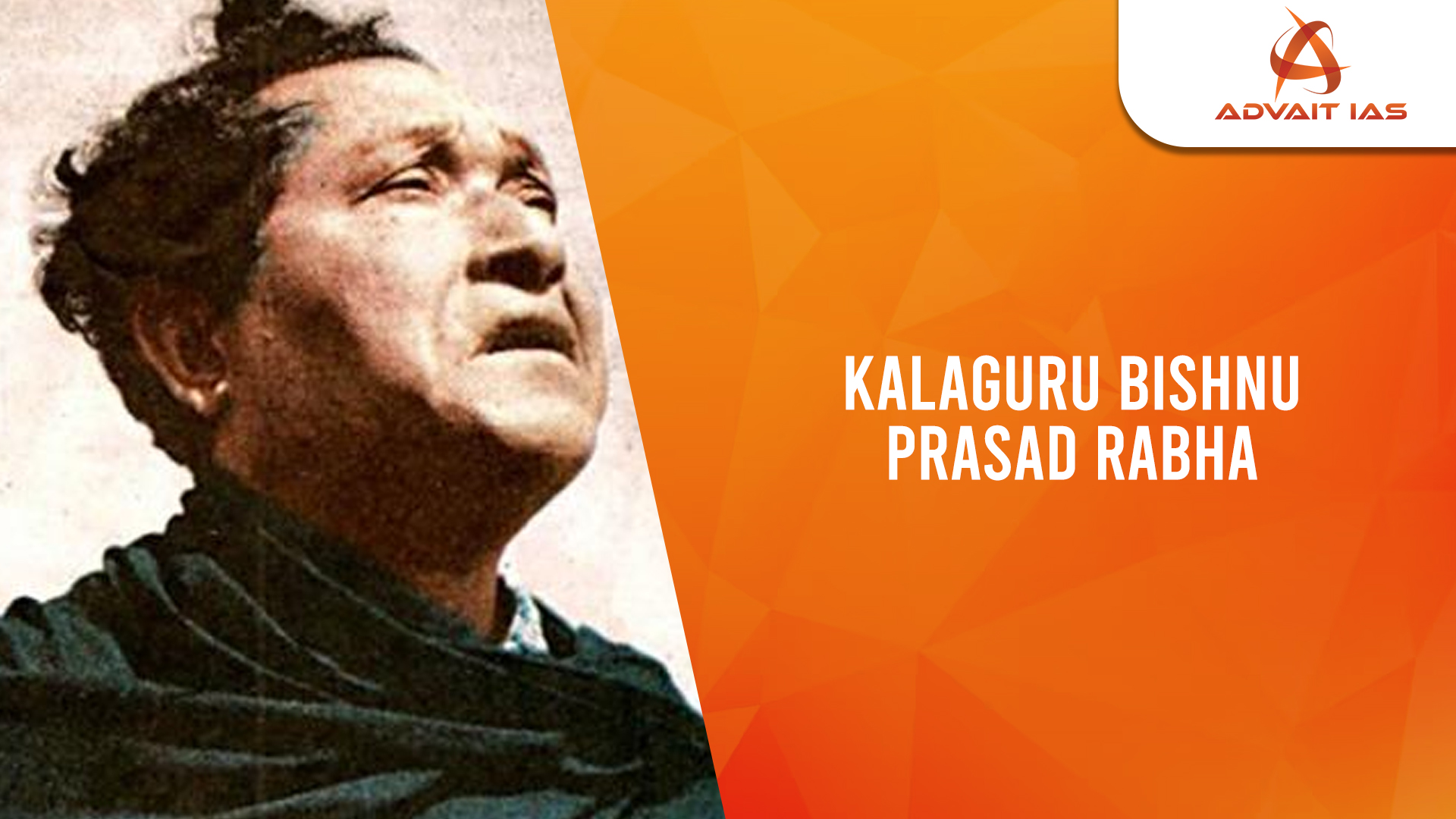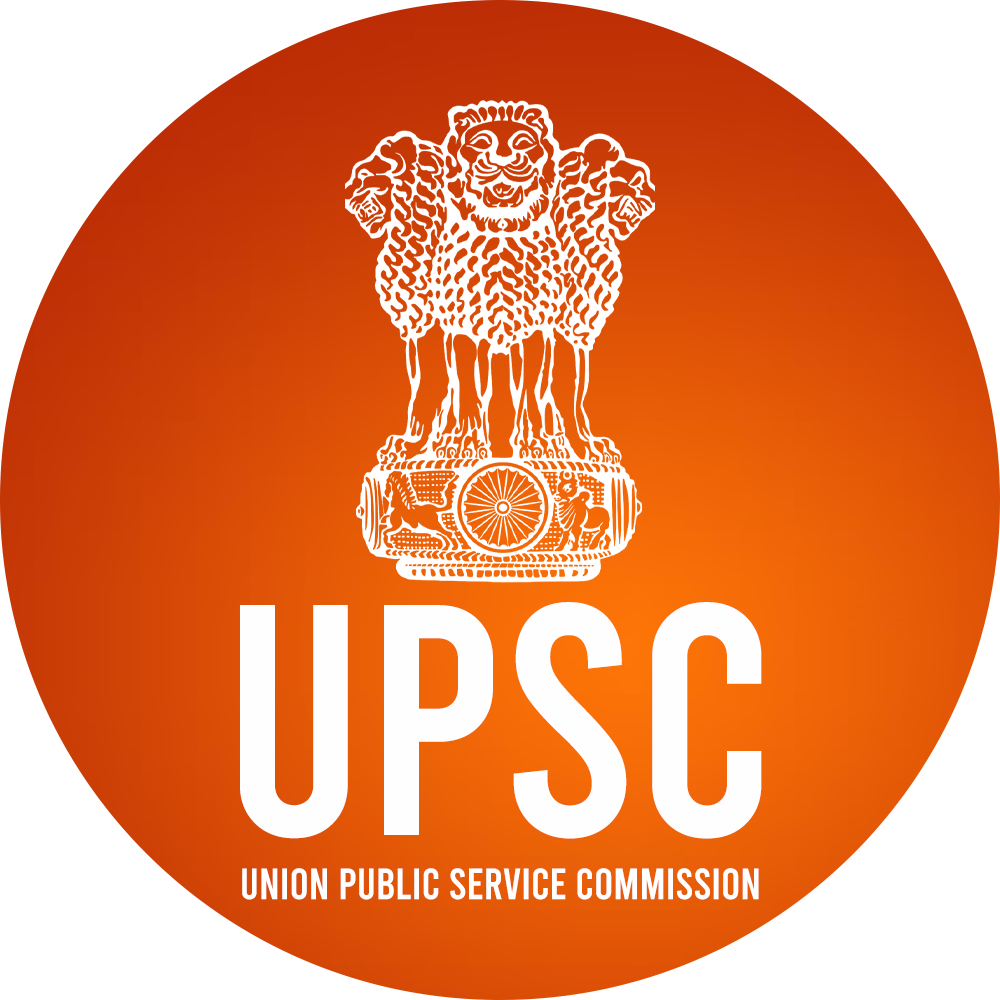Remembered for his death anniversary in June 20 and his contributions as a freedom fighter, cultural icon, and revolutionary leader. A symbol of people’s resistance, indigenous pride, and cultural preservation in Assam and across India.
Early Life and Education
- Born on January 31, 1909, in Dhaka, into a Bodo-Kachari family.
- Gopal Chandra Rabha was Bishnu Prasad Rabha’s father, and Gethi Das was his mother.
- Studied at Tezpur Govt High School and pursued higher studies at St Paul’s College in Calcutta, where he excelled in his Intermediate Science examination but could not complete formal education due to his revolutionary activities.
Freedom Struggle and Revolutionary Ideology
- Played an active role in India’s freedom movement from an early age.
- Deeply influenced by Marxist and left-wing ideologies; initially close to Communist Party of India (CPI).
- Later joined the Revolutionary Communist Party of India (RCPI) in protest of CPI’s collaboration with the British during WWII.
- His concept of freedom extended beyond political independence to include:
- Freedom from capitalism and wage slavery.
- Freedom from poverty and social evils.
- Quote: “I am fighting for a revolution from the realm of necessity to the realm of freedom.”
On August 15, 1947, led a black flag protest declaring “This independence is fake”, criticizing the transfer of power to native elites.
- Engaged in underground armed resistance in Northeast India, branded a traitor with a bounty, yet protected by local people.
- Lived a bohemian, nomadic life, working tirelessly among the rural poor.
- Exceptional mass mobiliser and orator; deeply connected with grassroots movements.
- Alongside Jyoti Prasad Agarwala and Shankar Barua, he was a leading organiser of the people during the freedom struggle.
Contribution to Agrarian Justice and Land Reform
- Advocated the principle of “Haal jar, maati taar” (He who ploughs the land should own it).
- Donated over 2,500 bighas of land—including the present Tezpur University campus—to poor and indigenous farmers.
Political Involvement
- Participated in parliamentary politics without personal ambition; stood for mass empowerment.
- Elected as an MLA from Tezpur in 1969, shortly before his death.
- Became President of Assam Branch of IPTA (Indian People’s Theatre Association) in 1951.
Cultural Contributions and Artistic Legacy
- Earned the title ‘Kalaguru’ for his unparalleled mastery over multiple art forms.
- Also called ‘Sainik Silpi’ for using culture as a revolutionary weapon, even while underground.
- Prominent forms of expression:
- Music: Composer of ‘Bishnu Rabha Geet’, such as Beelote Halise and Surore Deulore.
- Dance: Introduced the ‘Japi Dance’ in Bihu via the film Joymoti, inspired by tribal traditions.
- Literature: Wrote Bano Kobang (first anthropological work on Assam’s tribes), Sonpahi, Otit Asom, Mising Koneng, etc.
- His field-based studies offered rich insights into the lives of tribes like Aka, Dafla, Abor, Naga, Lusai, Tipperah, etc.
- Film & Theatre: Acted in and composed for films like Siraj and Era Bator Sur, and performed at Baan Theatre, Tezpur.
- Translation & Painting: Translated The Internationale into Assamese; recreated visuals of Srimanta Sankardeva.
Views on Language and Culture
- Asserted that the Assamese language has tribal roots—Austric, Dravidian, and Tibeto-Burman—not purely Indo-Aryan.
- Emphasized that the ‘Assamese identity’ is a collective identity of tribes, castes, and communities.
- Advocated the preservation of indigenous traditions, dress, food, customs, and language.
Legacy and Relevance Today
- A fearless voice for the poor, indigenous, and exploited.
- An embodiment of art for revolution and culture as resistance.
- Called upon the youth to struggle against inequality and capitalism through both activism and art.
- His message resonates amid contemporary concerns about tribal displacement, cultural erosion, and capitalist exploitation.
Kalaguru Bishnu Prasad Rabha was not merely a revolutionary but also a visionary cultural reformer, whose legacy calls for a holistic understanding of identity, resistance, and inclusive nationalism. His life inspires the youth to stand for justice, dignity, and indigenous pride, making him eternally relevant in India’s socio-cultural and political discourse.






